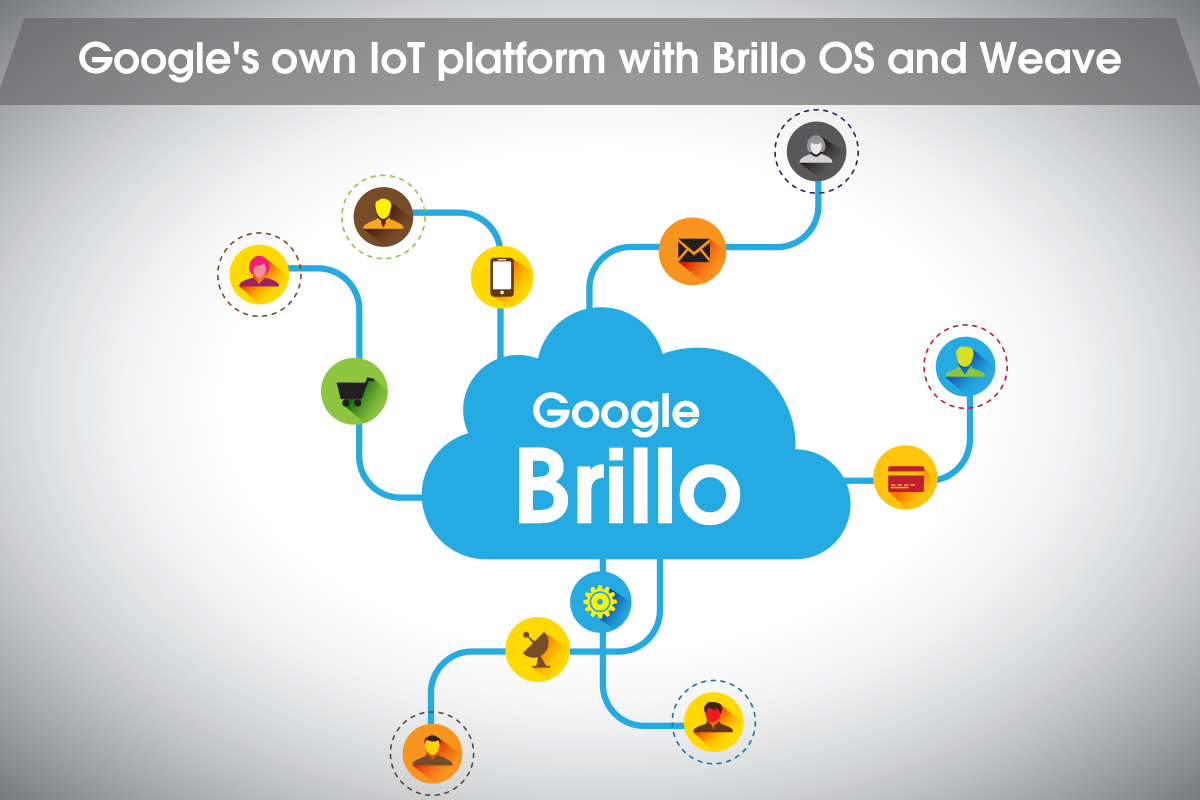What is it?
Brillo – Brillo is Google’s underlying operating system for the Internet of Things. It’s a stripped down version of Android that will run on low-power, IoT devices. Brillo was announced in June 2015 and while it will work with Nest, it is not part of the Nest division. It will work on top of a variety of radio technologies such as Wi-Fi and Bluetooth LE, and because it was developed with some input from Nest, most likely Thread too.
Weave – Brillo also comes hand-in-hand with Google’s new communications platform called Weave (embedded in the Brillo OS), which is the command language that Google hopes will become a de-facto standard that all IoT devices are built to understand. Weave enables device setup, phone-to-device-to-cloud communication, and user interaction from mobile devices and the web. The chief benefit is allowing a ‘standardised’ way for consumers to set up devices.
Weave works with Brillo, but it will also work with other operating systems. Weave isn’t a radio standard competitive to Zigbee, Z-Wave or Thread. It sits on top of existing radio standards.
Brillo Products
Brillo is a very new entry in the IoT platform market with the first products being announced only recently at CES 2016 from Asus, Kwikset, Marvell and Harman. But with the power of Google behind it, this list is likely to grow fast. Brillo devices will also work with Nest.
Google will also introduce a Weave certification program, in a similar way to other platform makers, so all devices will be able to communicate regardless of developer.
Benefits
It’s Google. Brillo is built on Android, so already widely used has wide hardware support and already familiar to developers.
Downsides
It’s Google. This may put some people off particularly when it comes to privacy (Weave requires the consumer to have a Google account). Some might argue that Brillo is unnecessary, since Weave will work without it, and it is Weave that appears to be Google’s attempt to create a standard, i.e. their response to Apple HomeKit. In addition, will its ownership of Nest, another competing platform, confuse?





